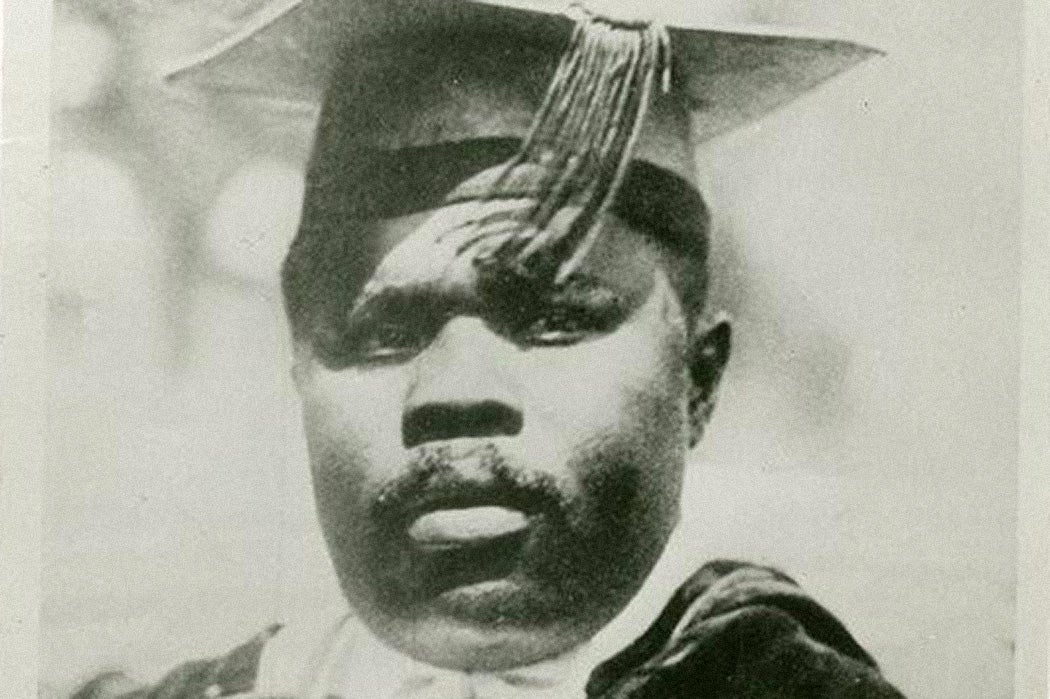Debate over a new Advanced Placement class in African American studies represents the latest in a long line of controversies regarding Black history and multicultural education. A century ago, many people were talking about the same topic thanks to Marcus Garvey and the United Negro Improvement Association (UNIA), as education studies scholar Thandeka K. Chapman explains.
While some histories of multicultural education focus mainly on developments within academic circles, Chapman notes that there have always been grassroots groups pushing to move children’s education away from Eurocentric outlooks that have dominated US schools. The UNIA was not the first of these, but it was a particularly powerful one.
Garvey was one of many 1920s Black political leaders seeking to “uplift the race” with a variety of programs for political, economic, and cultural change. Garvey’s UNIA, formed in 1914, was the largest organization of this kind. At its peak from 1920 to 1924, it had more than a million dues-paying members and two or three times as many people who were engaged with its programs.
The UNIA primarily focused on economic independence for Black people in the US and around the world. When it came to education, Chapman writes, that translated to efforts to prepare young people for skilled labor while building self-esteem and racial pride. At a time when scientific racism was a mainstream idea in academia, the UNIA called for Black Americans to “think of the [Black] race in the highest terms of human living, to think that God made the race perfect, that there is no one better than you.”
The UNIA’s 1920 Declaration of Rights, adopted at a convention that packed Madison Square Garden, included a number of provisions regarding education. It decried substandard education provided to Black communities, protested against white teachers who insisted on the superiority of their own race, and demanded that Black children learn about “Negro History” in their schools.
Weekly Newsletter
Notably, the UNIA did not call for the racial integration of schools. Instead, it sought equal resources for Black schools and curricula that centered Black history, literature, and culture. The organization wanted to keep texts that promoted racial stereotypes out of Black schools and to encourage critical reading skills that would help students identify racial prejudice in information they received from official sources.
Chapman notes that there are significant differences between the UNIA’s positions and those of modern multicultural educators. Perhaps most significantly, Garvey and his colleagues focused specifically on the education provided to Black students rather than on the importance of teaching all children about the cultures and histories of many different groups. But the UNIA helped a large segment of the Black public rally around the issue of racism in education and built techniques to combat it that are still relevant today.
Support JSTOR Daily! Join our new membership program on Patreon today.







